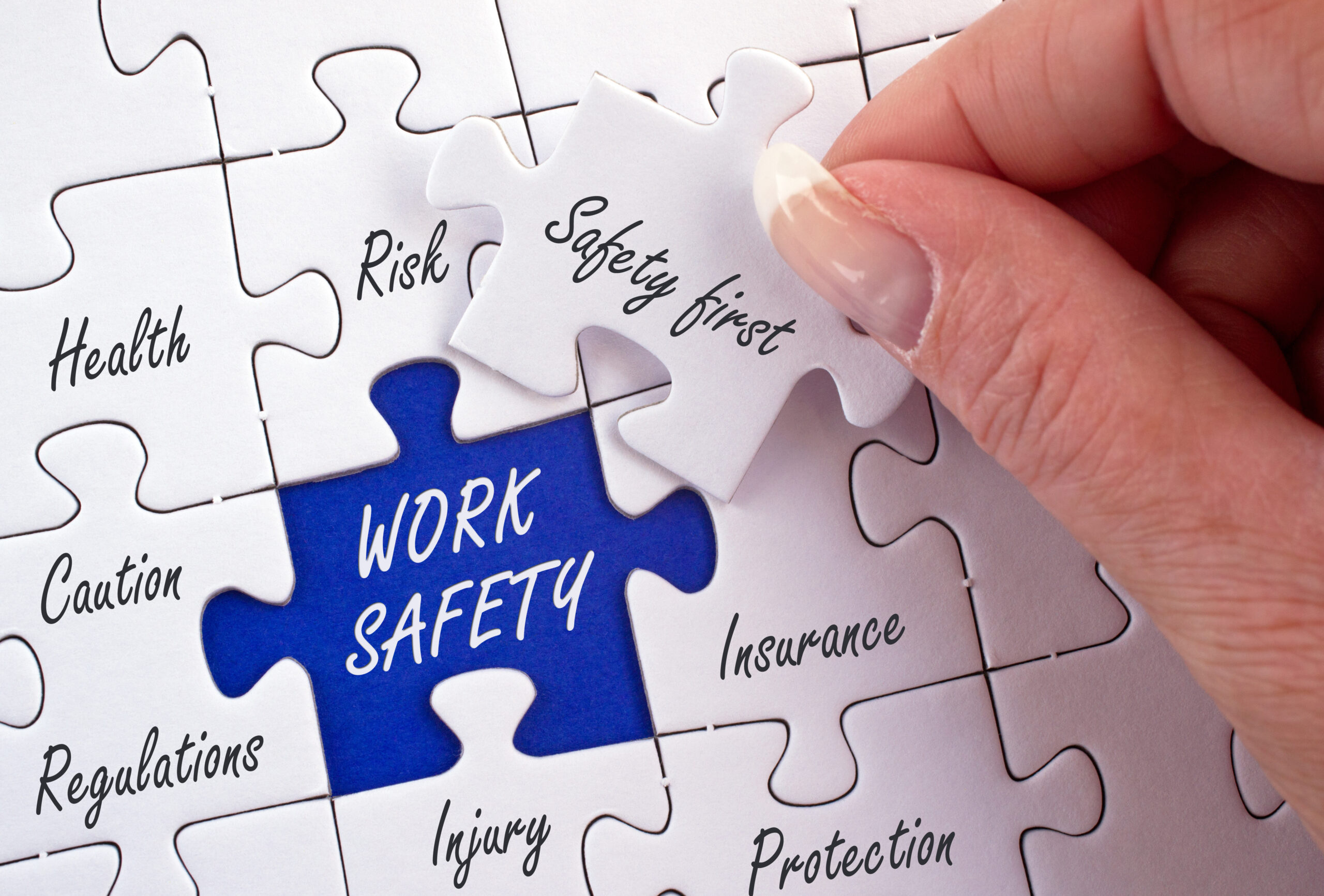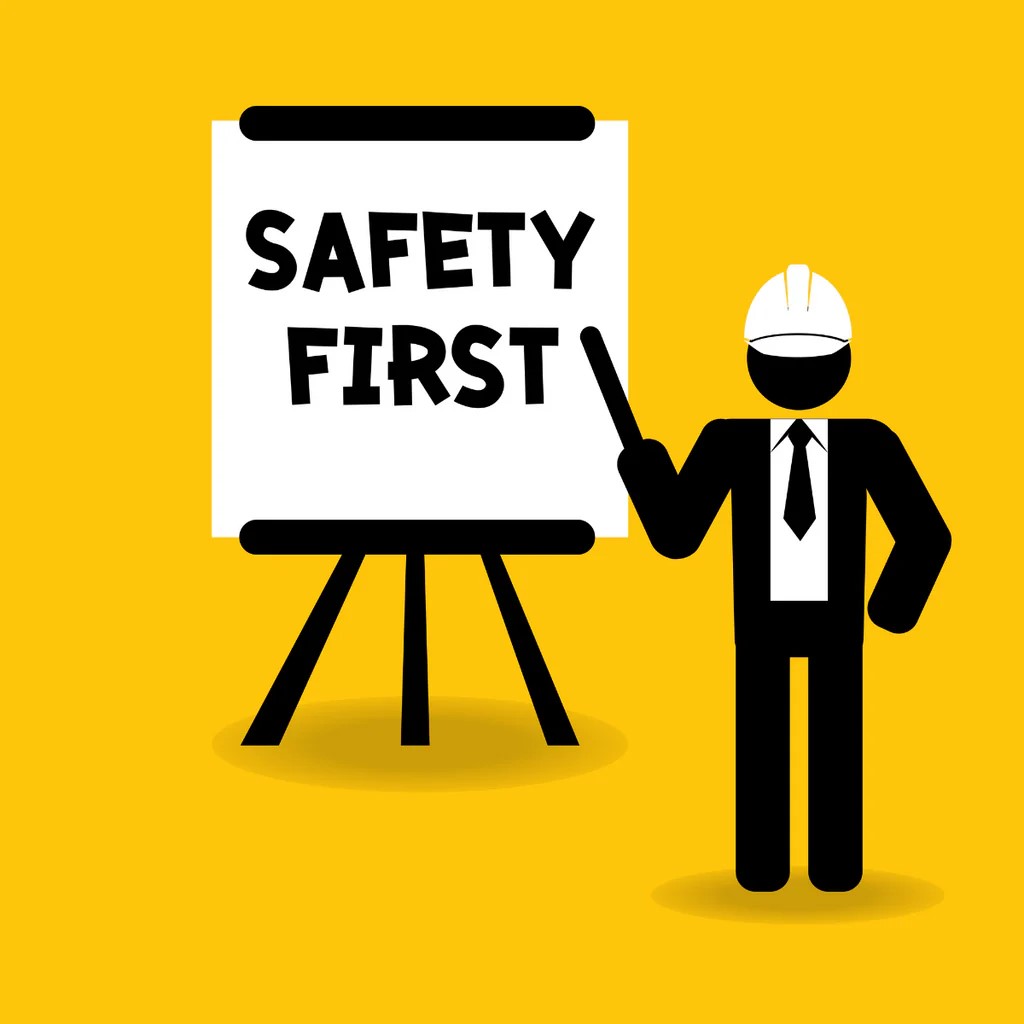By: Ozzie Caraballo, Senior Operations Manager, TMGFall prevention is an essential aspect of workplace safety that requires diligent effort and adherence to regulations. By following OSHA guidelines, keeping floors clean and dry, providing necessary PPE, and educating Associates about hazards, companies can significantly reduce the risk of falls and create a safer, more productive workplace.
Falls can result in severe injuries and even fatalities, making it essential for companies to implement comprehensive strategies to mitigate these risks. The Millennium Group (TMG) is committed to ensuring compliance with Occupational Safety and Health Administration (OSHA) standards and creating safer work environments for all.
Ensuring OSHA Compliance
OSHA compliance is fundamental to maintaining workplace safety. TMG’s approach to fall prevention includes several key measures to meet OSHA standards:


· Providing Safe Working Conditions: Companies must ensure that working conditions are free from known dangers. This involves identifying potential hazards and taking proactive steps to mitigate them.
· Maintaining Clean and Dry Floors: Work areas should be kept clean and, as far as possible, dry. Spills should be promptly cleaned, and wet surfaces should be marked and dried quickly to prevent slips and falls.
· Personal Protective Equipment (PPE): Selecting and providing the required PPE at no cost to workers is crucial. This includes non-slip shoes, harnesses, and other safety gear to prevent falls from heights or slippery surfaces.
· Training and Education: Workers should be trained in a language they can understand about job hazards. Effective training programs ensure that employees know the risks and how to avoid them.
Practical Steps for Fall Prevention
To create a safer workplace and comply with OSHA standards, companies can take the following practical steps:

· Conduct Regular Safety Audits: Regular safety audits and inspections help identify potential hazards before they cause accidents.
· Implement Housekeeping Practices: Maintain a schedule for cleaning and organizing work areas. Ensure that walkways are free of obstructions and that spills are addressed immediately.
· Install Proper Signage: Clear and visible signs warn employees of wet floors or other temporary hazards. Signage is a simple yet effective way to alert employees to potential dangers.
· Use Non-Slip Mats and Coatings: In areas prone to getting wet, such as entryways or kitchens, use non-slip mats or coatings on the floors to provide better traction and reduce the risk of falls.

· Promote a Safety Culture: Encourage Associates to report hazards and near-misses. Foster a culture where safety is prioritized and everyone feels responsible for maintaining a safe work environment.
As we observe National Safety Month, let’s renew our commitment to preventing workplace falls. By implementing these practical steps and fostering a safety culture, we can protect our Associates and ensure a safer, healthier work environment for all. Together, we can make a difference.


